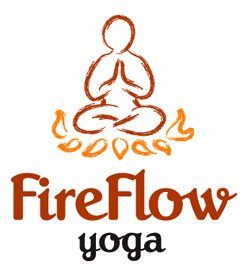Pilates Reformer: Djokovic's Olympic Edge and Your Path to Better Tennis
Novak Djokovic's recent Olympic gold medal victory over Carlos Alcaraz in Paris has once again highlighted his exceptional fitness and agility at 37. Djokovic has incorporated the Pilates Reformer into his training routine, leveraging this versatile piece of equipment to maintain his competitive edge. By utilizing similar training methods, you too can work towards reaching your own fitness and tennis goals.
Core Strength and Stability: The reformer's sliding carriage provides constant core engagement, helping to develop the stability needed for powerful serves and quick direction changes. This core strength was evident in Djokovic's performance against the agile Alcaraz.
Flexibility: Reformer exercises can significantly increase range of motion. This improved flexibility is crucial for reaching wide shots and maintaining good form throughout long matches.
Balance and Coordination: Many reformer exercises challenge balance and coordination, often involving movements on one leg or in unstable positions. This translates directly to better footwork and agility on the court.
Injury Prevention: The low-impact nature of Pilates helps maintain fitness while reducing stress on joints, potentially contributing to Djokovic's remarkable durability over a long and grueling season.
Mental Focus: The concentration required in Pilates may well contribute to the mental toughness that Djokovic is known for, especially in high-pressure situations like Olympic finals.
While most of us don't have the luxury of training for hours each day like professional athletes, the Pilates reformer offers efficient full-body workouts that can be tailored to any schedule. Even a 40-minute session can target the most essential elements: core strength, flexibility, and balance.
Whether you're aiming to improve your competitive edge or simply want to enhance your overall fitness and reduce the risk of injury, regular Pilates reformer sessions can be incredibly beneficial. You may not be training for Olympic gold, but you can certainly work towards a stronger, more flexible, and more resilient body that performs better on the tennis court and in daily life.
